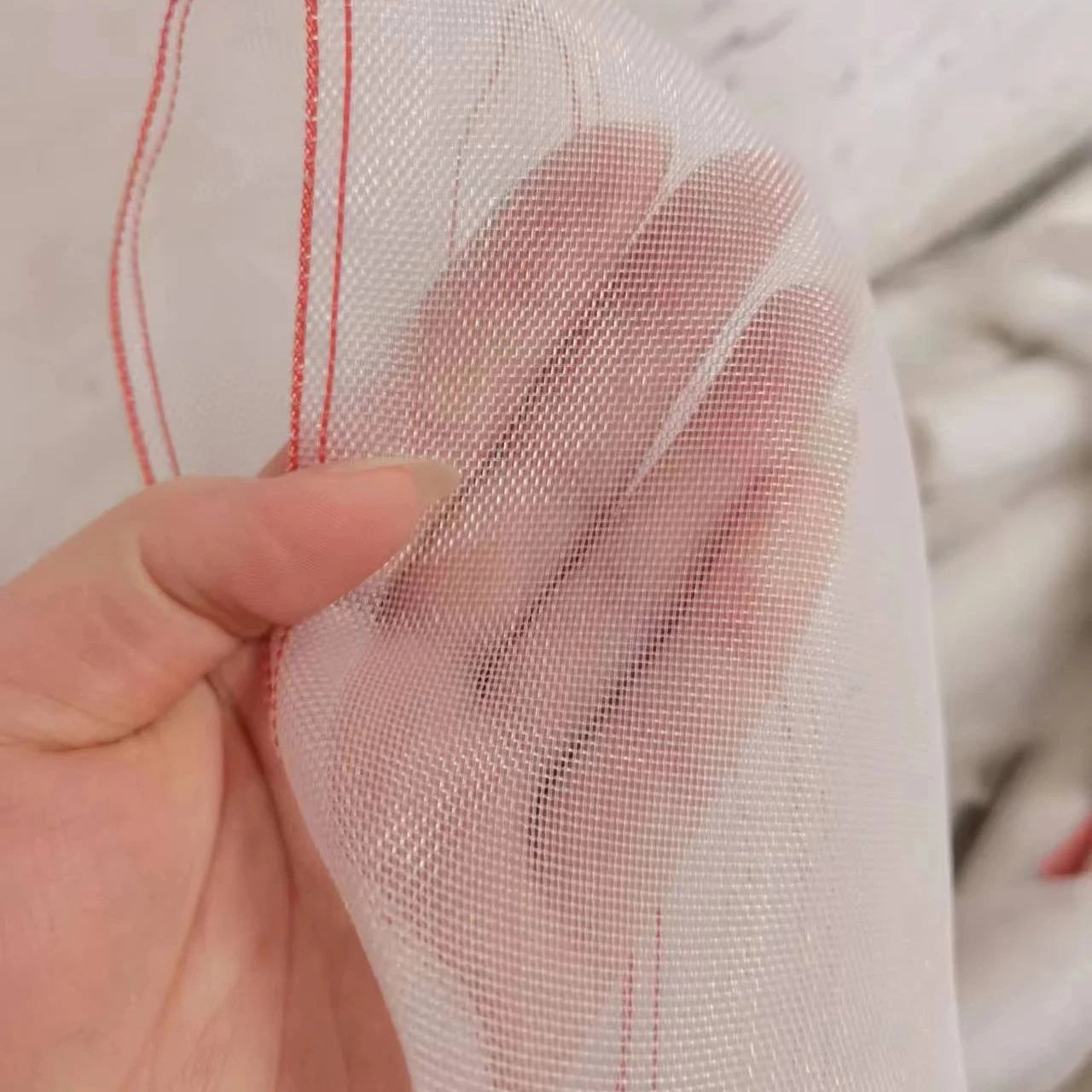-
 Afrikaans
Afrikaans -
 Albanian
Albanian -
 Amharic
Amharic -
 Arabic
Arabic -
 Armenian
Armenian -
 Azerbaijani
Azerbaijani -
 Basque
Basque -
 Belarusian
Belarusian -
 Bengali
Bengali -
 Bosnian
Bosnian -
 Bulgarian
Bulgarian -
 Catalan
Catalan -
 Cebuano
Cebuano -
 China
China -
 Corsican
Corsican -
 Croatian
Croatian -
 Czech
Czech -
 Danish
Danish -
 Dutch
Dutch -
 English
English -
 Esperanto
Esperanto -
 Estonian
Estonian -
 Finnish
Finnish -
 French
French -
 Frisian
Frisian -
 Galician
Galician -
 Georgian
Georgian -
 German
German -
 Greek
Greek -
 Gujarati
Gujarati -
 Haitian Creole
Haitian Creole -
 hausa
hausa -
 hawaiian
hawaiian -
 Hebrew
Hebrew -
 Hindi
Hindi -
 Miao
Miao -
 Hungarian
Hungarian -
 Icelandic
Icelandic -
 igbo
igbo -
 Indonesian
Indonesian -
 irish
irish -
 Italian
Italian -
 Japanese
Japanese -
 Javanese
Javanese -
 Kannada
Kannada -
 kazakh
kazakh -
 Khmer
Khmer -
 Rwandese
Rwandese -
 Korean
Korean -
 Kurdish
Kurdish -
 Kyrgyz
Kyrgyz -
 Lao
Lao -
 Latin
Latin -
 Latvian
Latvian -
 Lithuanian
Lithuanian -
 Luxembourgish
Luxembourgish -
 Macedonian
Macedonian -
 Malgashi
Malgashi -
 Malay
Malay -
 Malayalam
Malayalam -
 Maltese
Maltese -
 Maori
Maori -
 Marathi
Marathi -
 Mongolian
Mongolian -
 Myanmar
Myanmar -
 Nepali
Nepali -
 Norwegian
Norwegian -
 Norwegian
Norwegian -
 Occitan
Occitan -
 Pashto
Pashto -
 Persian
Persian -
 Polish
Polish -
 Portuguese
Portuguese -
 Punjabi
Punjabi -
 Romanian
Romanian -
 Russian
Russian -
 Samoan
Samoan -
 Scottish Gaelic
Scottish Gaelic -
 Serbian
Serbian -
 Sesotho
Sesotho -
 Shona
Shona -
 Sindhi
Sindhi -
 Sinhala
Sinhala -
 Slovak
Slovak -
 Slovenian
Slovenian -
 Somali
Somali -
 Spanish
Spanish -
 Sundanese
Sundanese -
 Swahili
Swahili -
 Swedish
Swedish -
 Tagalog
Tagalog -
 Tajik
Tajik -
 Tamil
Tamil -
 Tatar
Tatar -
 Telugu
Telugu -
 Thai
Thai -
 Turkish
Turkish -
 Turkmen
Turkmen -
 Ukrainian
Ukrainian -
 Urdu
Urdu -
 Uighur
Uighur -
 Uzbek
Uzbek -
 Vietnamese
Vietnamese -
 Welsh
Welsh -
 Bantu
Bantu -
 Yiddish
Yiddish -
 Yoruba
Yoruba -
 Zulu
Zulu
Innovative Solutions for Aviary Mesh Design and Application in Bird Enclosures
The Fascinating World of Aviary Mesh
Aviary mesh is an innovative and essential component in the design and construction of bird enclosures, offering both functionality and aesthetic appeal. As the name suggests, this type of mesh is specifically crafted for use in aviaries, which are spacious, protected environments that allow birds to fly freely while keeping them safe from predators and other dangers. The significance of aviary mesh goes beyond mere containment; it plays a pivotal role in the overall health and well-being of the birds it houses.
One of the primary advantages of aviary mesh is its durability. Typically made from materials such as stainless steel, aluminum, or galvanized steel, aviary mesh is designed to withstand harsh weather conditions as well as the wear and tear that comes with supporting a diverse bird population. Stainless steel, in particular, is favored for its resistance to rust and corrosion, making it an ideal choice for outdoor aviaries that are exposed to rain and humidity.
In addition to its strength, aviary mesh also provides excellent visibility. The fine mesh design allows for optimal airflow and sunlight penetration while preventing birds from escaping. This transparency creates a spacious environment that mimics an open habitat, allowing birds to exhibit natural behaviors. For aviary enthusiasts and wildlife caretakers, the ability to view birds in a free-flying setting enhances the experience of caring for and observing these magnificent creatures.
Moreover, aviary mesh can be customized to suit various species of birds. Different birds have different sizes and behaviors, and the mesh can be designed with specific dimensions to accommodate these needs. For instance, larger birds like macaws may require a thicker gauge of mesh to prevent them from breaking free, while smaller birds, such as finches, can thrive within finer mesh configurations. This adaptability makes aviary mesh a versatile solution for zoos, wildlife rehabilitation centers, and private aviaries.
aviary mesh

Another significant aspect of aviary mesh is its role in promoting biosecurity. By using high-quality mesh that is properly installed, aviaries can prevent the entry of unwanted pests and other potentially harmful animals, protecting the birds from diseases. Additionally, secure enclosures ensure that the birds remain safe from potential predators, including cats and larger birds of prey, which can pose serious threats to them. The peace of mind that comes with knowing birds are protected is invaluable for those who manage and care for them.
Aviary mesh does not only serve a practical purpose; it also has aesthetic implications. It can enhance the visual presentation of an aviary, giving it a sophisticated and natural look. The right type of mesh can blend seamlessly into the surrounding landscape, creating an environment that is visually appealing to human visitors while being functional for the birds.
Maintenance of aviary mesh is also a key consideration. While durable, it should be regularly inspected for wear and tear to ensure that it remains an effective barrier. Cleaning the mesh is essential to prevent the buildup of algae, dirt, or debris, particularly in outdoor settings. Keeping the mesh in good condition not only extends its lifespan but also ensures a healthy environment for the birds.
In conclusion, aviary mesh is a critical element in the design and management of bird enclosures. Its combination of durability, visibility, adaptability, and aesthetic appeal makes it an invaluable resource for anyone involved in avian care. As we continue to learn more about avian welfare and the importance of providing safe and spacious environments for birds, the role of aviary mesh will only become more significant. With proper care and attention, aviary mesh can provide a safe haven for our feathered friends, allowing them to thrive in environments that reflect their natural habitats.
-
Shipping Plastic Bags for Every NeedNewsJul.24,2025
-
Safety Netting: Your Shield in ConstructionNewsJul.24,2025
-
Plastic Mesh Netting for Everyday UseNewsJul.24,2025
-
Nylon Netting for Every UseNewsJul.24,2025
-
Mesh Breeder Box for Fish TanksNewsJul.24,2025
-
Expanded Steel Mesh Offers Durable VersatilityNewsJul.24,2025











